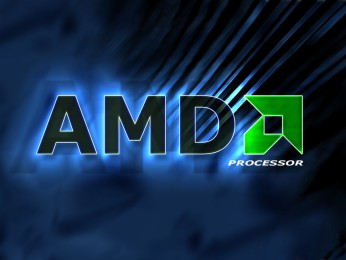 While Intel is pinning its future on the Internet of Things (IoT), AMD appears to be spurning it as if it were a rabid dog.
While Intel is pinning its future on the Internet of Things (IoT), AMD appears to be spurning it as if it were a rabid dog.
Its senior vice president and general manager of the computing and graphics business group John Byrne thinks that it is much wiser to keep pushing into the PC market, which is still a $40-billion-a-year opportunity.
Talking to Venture Beat he said that AMD has to execute on its upcoming Carrizo family of accelerated processing units (APUs), which will be focused on the mobile computing market. About 300 million PC processors and 90 million graphics chips are sold each year, and Byrne wants AMD to get its fair share of those sales.
Byrne thinks that setting up a chip making operation for the Internet of Things is just an invitation to lose money.
Byrne said while it concentrated on the IoT, Intel it was missing opportunities in the classic PC market.
“There’s still 300 million PCs, still 90 million graphics chips. If I look at Intel, Nvidia, and my revenue, that’s still a $40 billion market — even before you get to the IoT. If you look at the gross margin profile of that business, it’s still significantly more than AMD as a company’s average. There’s still significant market opportunities in the classic PC space,” Byrne said.
He said that AMD still had work to do in the PC chip market. It had to work on its x86 performance, ensuring that each product it bought to market is better x86. There needed to be improvements in graphics, notebooks needed to improve battery life.
Byrne said that it all meant that AMD could push into the commercial market a long more. He pointed out that AMD won the industry’s largest single tender in commercial 18 months ago in India and Elitebook with HP last year.
“Wait until you see the lineup of commercial platforms I have with Carrizo. It allows us to continue to attack that i3, attack that i5 consumer, and really get to penetrate the commercial market space. We’ll attack graphics. That’s going to be my strategy next, he said.
While he said that the Internet of Things is important there are two ways to make cash from it. Intel is concentrating on the silicon inside the wearable. However, that will cost under $10 and not make huge amounts of cash.
“You’re seeing that with Quark and some of the other investments our competitors are making. I’m not in business to lose money. Share and revenue is nice but so is profitability,” he said.
But all of those devices have to be connected and it is those higher end devices that AMD will be targeting.





